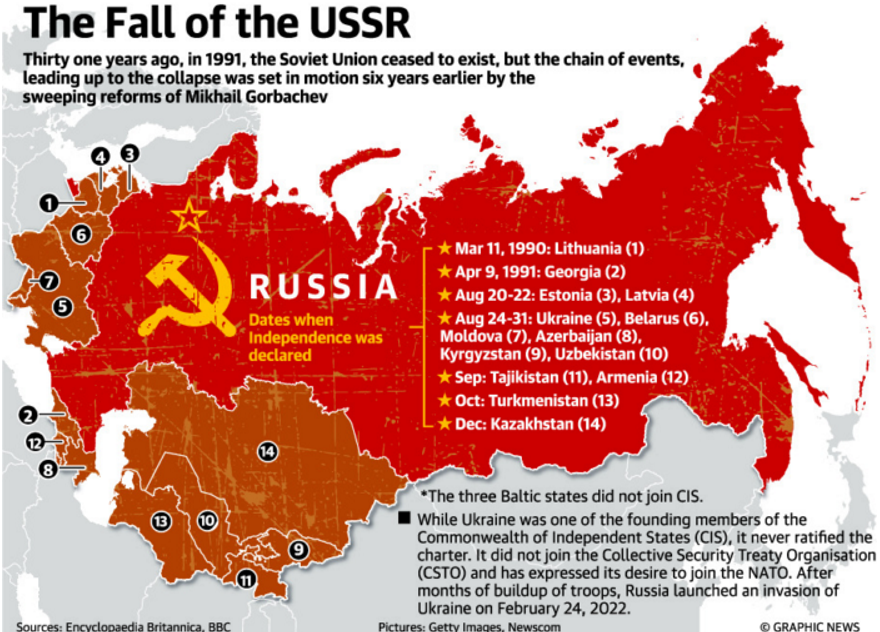
Empowering India’s Migrant Workforce
Why is This News Important?
- The editorial highlights the challenges faced by migrant workers in India, emphasizing the role of the e-Shram portal, the world’s largest database of unorganized workers, launched in 2021.
- It underscores how the COVID-19 pandemic exposed vulnerabilities in India’s migrant workforce and evaluates the government’s efforts to address these challenges.
- Recent initiatives, like the One-Stop Solution for integrating social security schemes, signal progress but reveal persistent issues, such as documentation gaps and lack of gender inclusivity.
Key Points
Who are Migrant Workers?
- The term “migrant workers” refers to individuals engaged in remunerated activities outside their place of origin. Key definitions:
- International Convention on the Protection of the Rights of All Migrant Workers and Members of Their Families, 1990: Defines a migrant worker as someone engaged in a remunerated activity in a state where they are not a national.
- Inter-State Migrant Workmen (Regulation of Employment and Conditions of Service) Act, 1979: Defines inter-state migrant workers as individuals recruited by contractors in one state to work in another state.
Push and Pull Factors of Migration in India
Push Factors (reasons people leave rural areas):
- Economic Distress and Unemployment:
- Rural unemployment rate reached 7.8% in April 2024 (CMIE).
- Agriculture employs 42% of the population but contributes only 16% to GDP.
- Healthcare and Education Deficiencies:
- Rural literacy rates: 73.5% compared to urban literacy rates: 87.7%.
- Rural healthcare facilities face a 79.9% shortfall in specialists.
- Climate Change and Environmental Degradation:
- 68% of India’s cultivable area is drought-prone (NDMA Report, 2021-22).
- Cyclone Amphan (2020) displaced over 2.4 million people.
- Social Insecurity and Discrimination:
- Marginalized communities like SCs and STs face higher unemployment and social exclusion.
- Political Instability:
- Manipur violence (2023) displaced 97% of affected families in South Asia.
Pull Factors (reasons people migrate to cities):
- Job Opportunities and Industrialization:
- Urban areas contribute 75% to GDP by 2030 (CMIE).
- Initiatives like Make in India and PM Gati Shakti boost low-skilled labor demand.
- Improved Healthcare and Education:
- Urban hospitals hold 63.5% of total hospital beds.
- Social Mobility:
- Urban spaces enable marginalized communities to pursue opportunities with reduced social constraints.
- Enhanced Urban Infrastructure:
- Initiatives like the Smart Cities Mission attract skilled and unskilled labor.
- Globalization and Aspirations for Better Life:
- Metropolitan hubs like Delhi/NCR and Bengaluru dominate fresher hiring, offering a better quality of life.
Legal Framework for Migrant Welfare
Key Legislation:
- Inter-State Migrant Workmen Act, 1979: Mandates registration and licensing for contractors and establishments hiring migrant workers.
- Labour Codes (2018-2020):
- Code on Wages
- Industrial Relations Code
- Code on Social Security
- Occupational Safety, Health, and Working Conditions Code
Government Initiatives:
- e-Shram Portal (2021):
- Database of over 300 million unorganized workers.
- One Nation One Ration Card (ONORC): Ensures food security for migrant workers across states.
- Affordable Rental Housing Complexes (ARHC): Provides low-cost urban housing.
- PM Garib Kalyan Yojana: Offers financial assistance and food security.
State Initiatives:
- Kerala: Facilitation centers for migrant data management and grievance redressal.
- Jharkhand: Safe and Responsible Migration Initiative (2021): Tracks migrants across source and destination districts.
Challenges Faced by Migrant Workers
- Lack of Social Security:
- 90% of India’s workforce is informal (PLFS 2021-22).
- Exploitation and Wage Discrimination:
- 64% of workers did not receive full wages during COVID-19 lockdown.
- Housing and Living Conditions:
- 236 million urban population lives in slums (UN-Habitat 2021).
- Documentation Issues:
- Limited portability of voter IDs and ration cards.
- Gender-Specific Challenges:
- Female labor force participation in urban areas rose to 25.6% (2024) but remains low.
- Social Alienation:
- Migrants face xenophobia and discrimination during crises.
- Inconsistent Policies:
- Lack of harmonization between states creates barriers.
Recommendations for Migrant Welfare
- Portable Social Security Systems:
- Integrate e-Shram with ONORC and PMJAY for seamless benefit portability.
- Formalization of Employment:
- Promote Skill India Mission and formal contracts for better wages and protections.
- Affordable Housing:
- Link ARHCs with Smart Cities Mission and nearby job hubs.
- Digitization of Welfare Delivery:
- Enhance Aadhaar-linked benefits for seamless access.
- Gender-Sensitive Policies:
- Develop urban childcare facilities integrated with housing projects.
- Healthcare Inclusion:
- Introduce mobile clinics and workplace health programs.
- Unified State Policies:
- Harmonize labor laws for interstate migrants.
- Rural Livelihood Zones:
- Develop agro-industrial hubs under MGNREGA to curb migration.
- Education for Migrant Children:
- Implement portable education and language support systems.
- Public-Private Partnerships:
- Leverage CSR initiatives for skill training and housing.
Conclusion
- Migrant workers are the backbone of India’s economy, contributing significantly to its growth. Addressing their challenges through comprehensive policies like a National Migrant Policy and strengthening existing frameworks is vital for inclusive development. A migrant workforce empowered with social security, housing, and healthcare will ensure resilience and sustainable growth for the nation.


